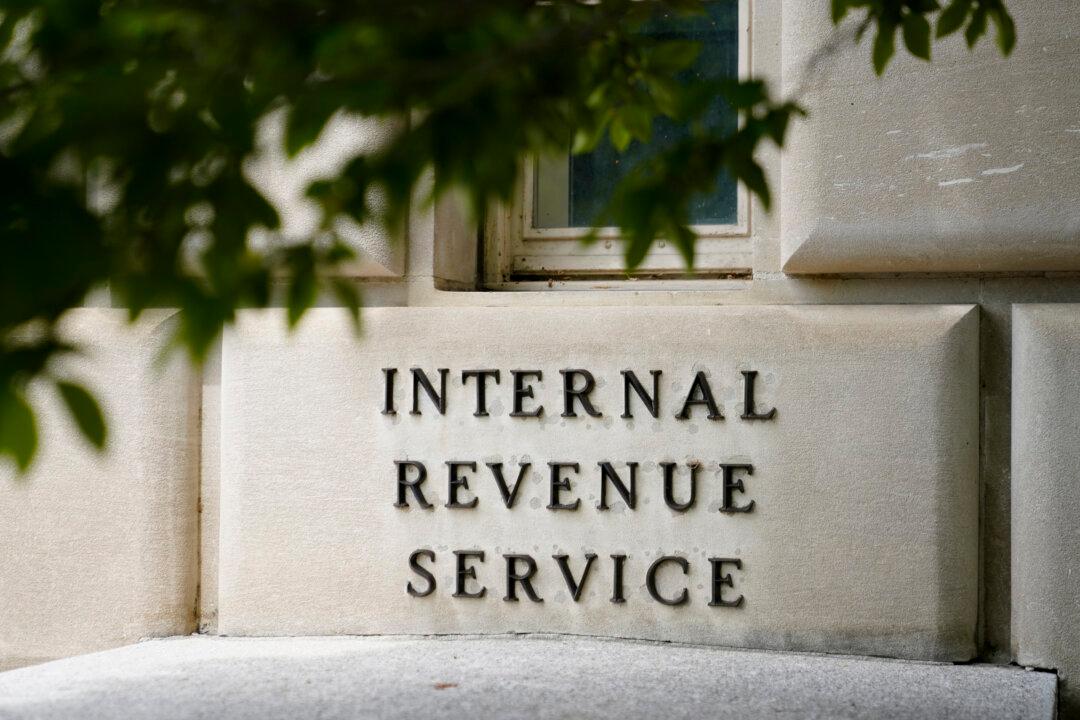Commentary
Business Columnists
Opinion
Biden Administration Tax Policy Proposals Hurt US Competitiveness
Biden’s Tax Plans Threaten U.S. Competitiveness and Strain Families

A sign outside the Internal Revenue Service building in Washington on May 4, 2021. AP Photo/Patrick Semansky
Usually, when someone starts to talk about taxes, the eyelids grow heavy and the attention wanes, so I’ll keep this short. The Biden administration’s tax policy proposals are a disaster for U.S. competitiveness, families, and employers.
Michael Wilkerson is a strategic adviser, investor, and author. He’s the founder of Stormwall Advisors and Stormwall.com. His latest book is “Why America Matters: The Case for a New Exceptionalism” (2022).
Author’s Selected Articles




